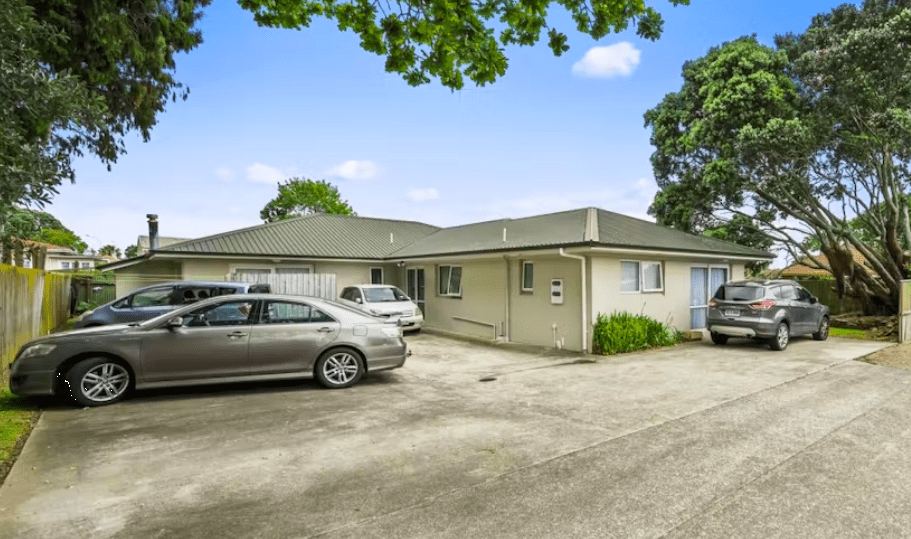Owning Investment Property
Introduction
Owning an investment property can be a great way to build wealth. Whether you want to rent out the property and make money from it, or use it as a long-term investment, there are many benefits of owning real estate. However, there are also some risks that come along with buying an investment property. One less obvious risk is having a mortgage on your home when you’re expecting to sell soon and buy another one. If this happens to you, then don’t despair: there are other ways to get into the market without taking on debt or having to move again just yet!
Fractionization
Fractional ownership is a great way to get into real estate. It allows you to own a small piece of a property, without all the hassle and cost associated with owning the whole thing.
When someone buys an investment property, they must be able to pay for it in full. If you want to buy five percent of a building, but don’t have forty-five thousand dollars lying around (or if you do but would rather invest in other things), then fractional ownership might be your best option.
Fractional ownership allows people who want to own real estate without having all the responsibilities associated with being landlord—like tenants who complain about every little thing—to get their foot in the door without having all this extra responsibility on their plate at once.
This is a good way to get into the investment property market.
The more you know about the investment property market, and the better your understanding of how it works, the more likely it is that you will be able to find a good investment property. This is particularly true if you are looking for a long-term investment such as an income or retirement home.
- It can build wealth: A good investment property can bring in reliable income for years to come, which is especially valuable if your financial resources are limited at the time of purchase because of other obligations or debts.
- It pays for retirement: A solid rental property can provide regular cash flow that helps pay expenses and even eventually supplement Social Security benefits—a big plus when planning for retirement years!
Fractionization
Fractional ownership is a relatively new way to own investment property. It allows you to buy into a building or group of units and share the expenses with other owners. For example, you might buy a 10% interest in an apartment building, while another investor buys 20%, another 30%, and so on. You could have full use of just one unit or several units, depending on how many units are owned by each person.
While fractional ownership is becoming more popular, there are still some risks involved because it’s relatively new compared with traditional forms of real estate investing such as single-family homes or commercial properties. Some risks include:
- The market value may drop due to poor economic conditions or changes in local zoning laws
- Tenants may vacate and new tenants might be difficult to find
Sharing
- You can share the costs of ownership with others. In addition to helping you defray the costs of owning a property, having multiple owners and tenants can also assist in sharing the tax benefits of your investment. For example, if you have an investment property that generates passive income (i.e., rental income), it’s possible that each of your partners has other investments that generate passive income as well. If so, they may be able to deduct losses from those other investments against their rental losses on this particular property. The end result? You’ll likely save money on your taxes by having more than one partner in a real estate venture.*
- Consider fractional ownership as an option if you don’t have enough cash or credit history to buy an entire property outright but still want some exposure to real estate investing; fractional ownerships allow investors access to properties even when they lack enough assets for traditional financing
No debt
Owning investment property can be a great way to build wealth, but you need to consider all the factors that go into renting vs. buying. You also need to consider your personal goals and priorities before making the decision to buy an investment property.
- No debt — By owning an investment property, you will have no mortgage or other debts related to the home. This means you won’t be paying interest on any of them which can help increase your net worth by reducing monthly expenses.*
- No payments — With no mortgage or other debt associated with owning investment properties, there won’t be any payments for maintenance or repairs either.*
No mortgage
- No mortgage means no debt
- No mortgage means no interest payments
- No mortgage means no stress about making mortgage payments
- No mortgage means cash flow is more predictable
Owning a share of an income property allows people to get into real estate without the hassle or costs of ownership.
If you’re looking to get into real estate ownership, but don’t want the hassle and costs of full ownership (or if you simply don’t have enough money), fractional ownership is a great way to get started.
It allows people to own shares of income properties without having to put up all of the cash needed for full ownership.
Fractional ownerships can be purchased at any time, so there is no need for waiting for an extended period until a property becomes available.
Conclusion
For most people, it’s not realistic to buy a house. But ownership in an investment property is more accessible. It gives you the opportunity to invest your savings while earning income from the rental property without having to worry about maintenance or repairs—all while diversifying your portfolio.

